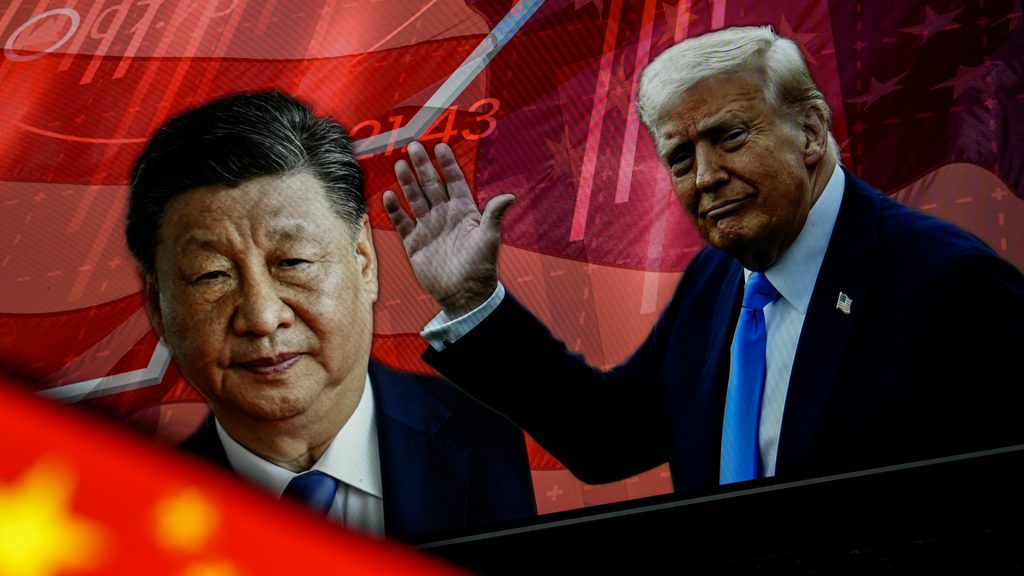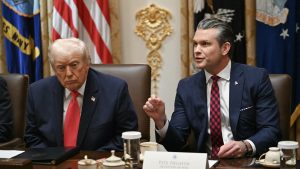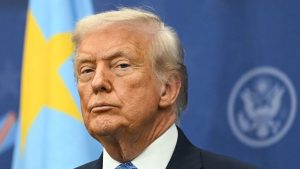China increases retaliatory tariffs on American goods to 125%
Ella Greene April 11, 2025 0
- China announced it will raise tariffs on U.S. goods from 84% to 125%, escalating its trade standoff with the U.S. The move aligns with recent tariff increases imposed by the Trump administration.
- The increase takes effect Saturday and mirrors earlier U.S. actions targeting Chinese imports.
- Beijing criticized U.S. trade policies as coercive and plans to file another complaint with the World Trade Organization.
Full Story
Beginning Saturday, April 12, China will raise tariffs on American imports from 84% to 125%. The move matches the latest tariff hikes imposed by the United States and adds pressure to a deepening trade dispute between the world’s two largest economies.
Beijing’s Finance Ministry said there would be no further tariff increases for now, as CNBC and The Associated Press reported. Chinese officials characterized the latest step as a final response, adding that higher duties serve little purpose given current trade conditions. They criticized the use of tariffs as a political tool, calling it ineffective and counterproductive.
What’s behind the US tariff figures?
The White House confirmed to CNBC that the total tariff rate on Chinese imports has reached 145%. That number includes a new 125% tariff tier and a 20% levy tied to earlier actions targeting fentanyl-linked goods. While Trump delayed tariffs on some countries, the increases targeting China will move forward.
President Donald Trump said the policy aims to counter unfair trade practices and support domestic manufacturing. The administration’s stance has drawn criticism from some economists and officials abroad, who said it risks further disruption in global markets.
Is China taking other action?
So far, China has held off on broader restrictions. According to CNBC, it hasn’t added U.S. firms to its restricted entities list or issued new export controls. However, officials said it will file another case with the World Trade Organization to challenge the latest U.S. tariffs.
In public remarks following a meeting with Spain’s Prime Minister, President Xi Jinping said prolonged trade friction could isolate countries that ignore international norms. He expressed openness to negotiations but stressed the importance of mutual respect in any future talks.
What’s the economic impact?
Analysts warned the continued back-and-forth could disrupt supply chains and slow economic growth. Goldman Sachs recently revised its growth forecast for China to 4%, citing the drag from the U.S. dispute. The firm estimated tens of millions of Chinese workers depend on export industries that serve the U.S. market.
In the U.S., consumers could see rising prices on products such as electronics, industrial equipment and toys. Meanwhile, China’s higher tariffs will affect key American exports like soybeans, aircraft components, pharmaceuticals and poultry.
What comes next?
Despite signs that both sides may pause further tariff hikes, there is no clear path to renewed negotiations. U.S. officials said China has resisted talks, while analysts believed any breakthrough would require a broader shift toward market cooperation rather than retaliation.
Until then, global markets remain on edge as the trade conflict continues with few signs of resolution.
Ella Rae Greene, Editor In Chief
Ella Greene
Ella and the staff at Clear Media Project (CMP) curate these articles.
Unless otherwise noted CMP does not write these articles.
The views, thoughts, and opinions expressed in the articles published on this blog belong solely to the original authors and do not necessarily reflect the views of the blog owner. The blog owner does not claim ownership of the content shared by contributors and is not responsible for any inaccuracies, errors, or omissions.
All rights and credits goes to its rightful owners. No Copyright Infringement is intended. If you believe any content infringes on your rights, please contact us for review and potential removal.





